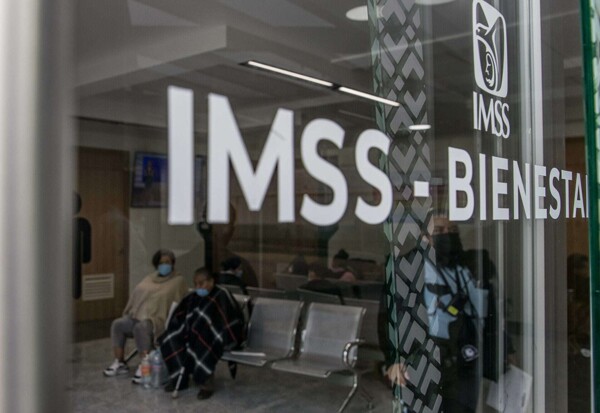
Dermatologist Angélica María Cortázar Azuaje, consulted by El Financiero, explains that rosacea is a chronic inflammatory disease that causes blood vessels to swell beneath the skin, resulting in facial redness. Specialist Venecia Landini details that this constant redness is due to the dilation of blood vessels, being an exacerbated immune response to various stimuli.
To identify rosacea and receive treatment, it is essential to consult a dermatologist. In mild cases, skin care measures such as cleansing the skin with appropriate products, applying sunscreen every 4 hours, and using gentle moisturizers can be implemented. Avoiding makeup and irritating cosmetics is also recommended.
In more severe situations, advanced treatments such as electrosurgery or CO2 laser can be used, in addition to antibiotics in specific cases. Rosacea can affect not only the skin but also the eyes, making a complete medical review essential. Prevention includes comprehensive skin care, consistent sun protection, and consulting a specialist at any symptom.
Rosacea can present in different forms, from redness and telangiectasias to bumps and thickening of the nasal skin. Although the exact cause is unknown, it is known that genetic factors and external triggers such as sun exposure or spicy foods can activate the disease. It is crucial to avoid situations that cause blushing and to care for the skin properly.
In conclusion, rosacea is a chronic inflammatory skin disorder that requires specialized medical attention and specific care to control symptoms and prevent complications. Constant facial redness is just one of the multiple aspects of this dermatological condition that can affect the quality of life of those who suffer from it.














